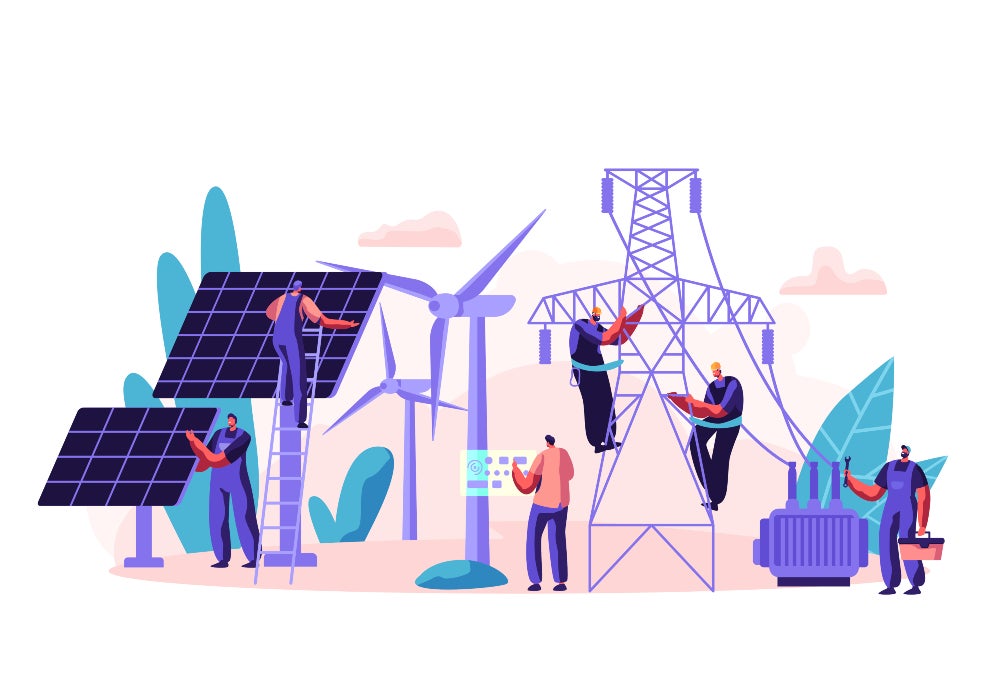Today’s technological capabilities would have sounded like marvels to our past selves, ten or twenty years ago. But customers’ expectations have adapted to the standards set by modern tech firms and retailers, both online and high street.
These customers, be they domestic or business, are increasingly demanding the same smooth, seamless experience from their utilities providers. Many expect that reporting a problem and having it solved should be as instant as arranging a purchase return and reversing the charge online — instant, hassle-free, and enriched with constant updates.
When one is reporting an issue to their utilities supplier, however, things are not so easy. By the time a leak from a supply pipe in a residential street is spotted, or a low-pressure incident in the home is reported, the problem is already in progress.
After reporting an issue, consumers need to be informed that the fault is being investigated and handled, and be updated on when normal service will resume. For the provider to provide the customer with the visibility they want, it will need to bring together data from disparate datasets belonging to each stage.
This becomes a gargantuan task when the provider operates in a software landscape composed of many different applications and components, which hinder its ability to view the necessary information clearly and easily. But as the number of connected devices and utilities increase, the importance of creating this instant, connected, and transparent customer experience will only continue to grow.
Works Underway
Even within a single utility provider, different departments will often use disparate software tools to manage projects, assets at their disposal, and service operations. This complicates the provider’s ability to get the full picture in terms of progress, status, costs, and forecast competition date in a cohesive way.
This fragmentation of information can ultimately threaten operational efficiency and leave customers and stakeholders disgruntled, as without a clear image of all elements, project delays are certain to result. These delays may stem from unavailable replacement parts, the lack of availability of people with the right skills, or the time wasted waiting to receive permits.
Much as energy and utilities providers would like to entrust the entirety of this operation to a single software product, the reality is that no one product can meet their range of specialist requirements. No one vendor can provide all best-of-breed solutions to answer the full set of specialist requirements across diverse industries. Therefore, being able to integrate additional tools with the enterprise backbone is essential.
Mission-critical tools such as CRM systems, customer billing, network management, and smart metering systems need to be woven into the corporate architecture, and work seamlessly and harmoniously to avoid the fragmentation of information and subsequent erosion of customer satisfaction.
To tackle this problem for providers and consumers alike, IFS has partnered with Boomi, a Technologies business. Boomi’s integration platform as a service (iPaas) connects disparate systems, including those used by most energy and utilities providers. The Boomi Enterprise Platform helps companies across all sectors of the industry — from exploration and production companies to utilities involved in transmission and distribution — create a unified, clear picture of all the information and processes within their ecosystem, and drive operational excellence.
Weaving Everything Together With Boomi
Choosing best-of-breed solutions from a variety of vendors has many advantages, but without the interconnection requirements in mind, their total business impact is drastically reduced. When, on the other hand, the data and information these applications contain is shared effectively with other applications, people, and processes, their value is maximized.
Yet even after an organization decides to invest in integrating these parts, the complexity of building, developing, and maintaining the resulting multiple connections can quickly become prohibitively expensive and complex — a blocker of change rather than an accelerator. Enterprises have reacted to this realization by turning to companies like Boomi, which can provide a common platform and interface for all their integration and data needs, reducing complexity and cost.
The Boomi Enterprise Platform is easy to use, able to deliver solutions in a timely manner, and provides a high ROI — all core principles which Boomi shares with IFS, and which allow for increased agility and reactivity.
Boomi and IFS recognize that today’s enterprises face a rapidly changing landscape, in which needs, demands, and expectations quickly evolve. Applications need to be connected, disconnected, and replaced frequently, constantly modifying the application landscape.
With Boomi, IFS facilitates these shifts. The Boomi Enterprise Platform enables companies that wish to adopt a new specialized solution to simply establish the connection once between the new application and their iPaaS. All their other connected applications gain the ability to contribute to and share in the information.
This ability to rapidly adopt, deploy, and receive value from the best-of-breed core and specialized applications allows businesses to focus on improving operational efficiency, and transform employee and customer experiences. And that ultimately makes the difference between succeeding and falling behind the competition.
This blog was a joint effort between Peter Sketch, EMEA ISV sales lead, Boomi, and Colin Beaney, VP energy, utilities & resources, IFS.

